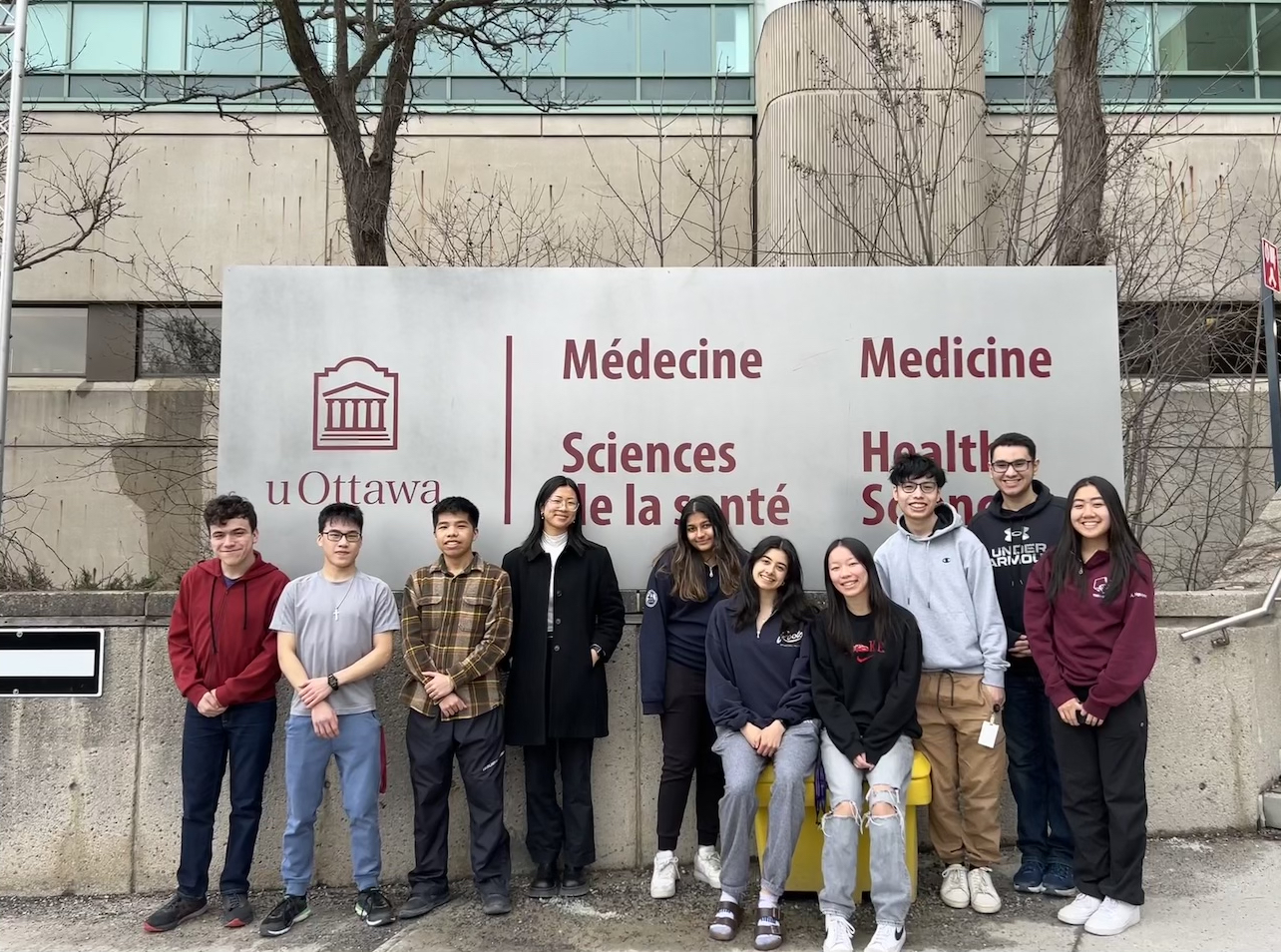Below is a summary of the abstract you submitted. Presenting author(s) is shown in bold.
If any changes need to be made, you can modify the abstract or change the authors.
You can also download a .docx version of this abstract.
If there are any problems, please email Dan at dar78@pitt.edu and he'll take care of them!
This abstract was last modified on March 19, 2024 at 1:06 a.m..

The genus Streptomyces are soil-dwelling bacteria known for their production of a variety of chemically diverse metabolites, commonly used in agricultural and clinical industries. Unlike most other Actinobacteria, Streptomyces produce hyphae that septate to form unigenomic spores. Phages preferentially infect early during the Streptomyces cell cycle, while spores are germinating into hyphae.
Novel bacteriophages Superstar and Rideau were isolated on the host Streptomyces avermitilis in Ottawa, Canada by students in the SEA-PHAGES discovery lab at the University of Ottawa. Superstar has Siphoviridae morphology and is characterized by its long noncontractile flexible tail and icosahedral capsid. Superstar is a temperate phage, deduced from the presence of an immunity repressor and integrase genes. Rideau has Podoviridae morphology and is characterized by its short tail, tail fibers and icosahedral capsid. Rideau is a lytic phage, as there are no lysogeny genes.
These phages belong to different phylogenetic clusters, indicating significant genome-level differences. Superstar is a cluster BD2 phage with a 50,411bp genome with 65.8% GC content. Annotation reveals Superstar is comprised of 85 genes, 36/85 (42%) of which were determined to be of no known function (NKF). Rideau is a cluster BF phage with a 46,053bp genome with 60.4% GC content. It is comprised of 68 genes, 23 of which interestingly encode tRNAs. Through functional annotation and wet-lab experimentation, we have examined interesting biology of these phages.
A dot plot comparing Superstar against other BD2, BD3, and BD1 cluster phages and Rideau illustrate a high degree of nucleotide similarity between Superstar and other BD2 phages. Notable similarities with BD1 and BD3 phages are generally localized in the middle of the genome. Contrastingly, no similarities were identified between Superstar and Rideau, despite their overlapping host range.
The GenemarkS coding potential of Superstar gp70 and gp70 suggested that a programmed translational frameshift could create the fused gp70/71 protein and we identified a potential slippery sequence that could mediate this frameshift. We have created an inducible E. coli expression plasmid of gp70/71 that will allow us to test if a translational frameshift between these two genes can occur in a heterologous system, as has been seen for tail assembly chaperones.
Using AlphaFold2 software, we created structural predictions of several interesting genes in Superstar and Rideau and compared using FoldSeek against databases protein structures to elucidate their putative functions. Preliminary work suggests that Superstar Gp6 may encode a HEPN-RNAse toxin gene and we hypothesis that Gp4, which shares structural similarity to Gp6, may encode its antitoxin; this mechanism has not been documented in Actinobacteriophages and may be a novel prophage defense mechanism in this phage.

